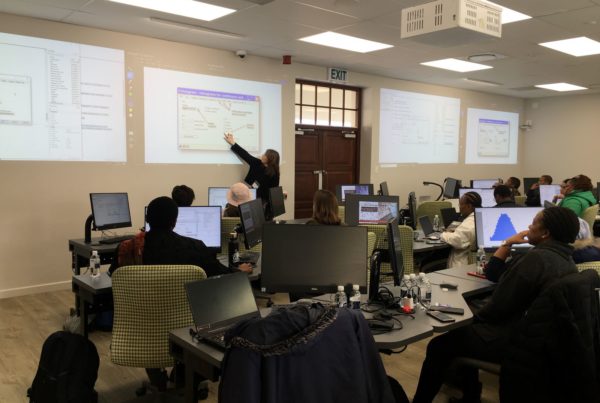This article originally appeared on the Business Day website as a partially edited version, which can be found here. For the original article, please read below.
By Martin Gustafsson
It is clear that something remarkable happened to South Africa’s births around 2004. What led to this discovery reveals important improvements to ways social data have become available in South Africa.
Starting in 2011, education analysts started noticing sharp increases in the number of children entering primary school, after at least five years of steady declines. Between 2010 and 2013, Grade 1 enrolments rose by 13%, or just over 100 000 children. These figures refer to all schools, whether public or independent. The wave moved its way up the primary grades, reaching Grade 7, the last primary grade, in the current year, 2017. Class sizes increased, resources became a little more stretched.
The increases confounded planners. Concerns were raised about the possibility that schools and provinces were creating ‘ghost learners’ to attract more funding. But why would this happen across virtually the entire country at the same time?
Had there not been a second, and completely separate data source to confirm what was seen in the enrolment data, we may still have been debating whether the enrolment trends were real or not.
The second data source was the Home Affairs birth registrations data, which had recently become available to researchers through the DataFirst web portal hosted by the University of Cape Town.
The Home Affairs data revealed a surge in births, starting in 2004, which corresponded very closely with the subsequent rise in enrolments seen in schools. This can be seen in the following graph, which uses only publicly available data. These patterns are confirmed by the age-specific enrolment data of the Department of Basic Education, nonpublic data which analysts in the Department have been looking at. In the graph, Grade 1 enrolment in 2012 is assumed to represent births in 2005, and so on for the other birth cohorts.






